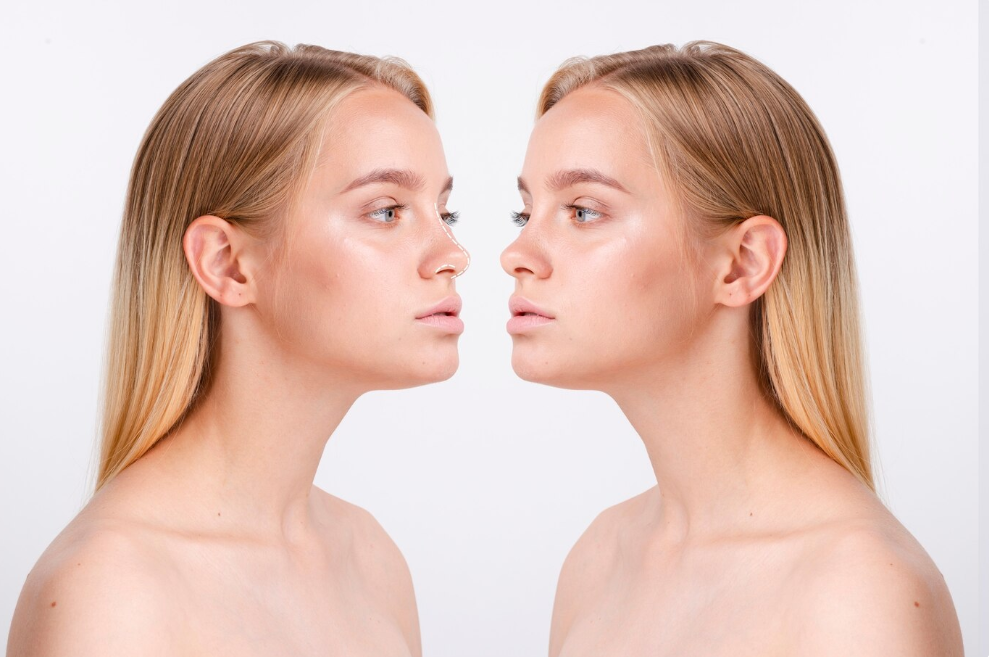Treatment Overview
Vertical Reduction Genioplasty is a surgical procedure aimed at reducing the height of the chin to create a more balanced and aesthetically pleasing lower face. This technique is ideal for patients with a long or overly prominent chin, helping to harmonize facial proportions.
In Korea, vertical reduction genioplasty is widely performed using advanced surgical methods that ensure natural-looking results with minimal scarring, tailored specifically for Asian facial structures.
Purpose & Benefits
- Reduces excessive vertical length of the chin
- Enhances facial harmony and proportion
- Corrects elongated or prominent chins
- Improves the appearance of the jawline and lower face
- Can be combined with jawline contouring or rhinoplasty for a complete facial makeover
- Provides permanent results with precise surgical technique
Ideal Candidates
- Individuals with a long or prominent chin
- Adults seeking improved facial balance and proportion
- Patients with good overall health and realistic expectations
- Those aiming for a natural, harmonious lower face
- Candidates suitable for surgical procedures under general anesthesia
Possible Risks & Complications
- Swelling, bruising, and discomfort for 1–2 weeks
- Temporary numbness or altered sensation in the lower lip or chin
- Minor asymmetry or uneven contour (usually correctable)
- Infection or bleeding (rare with proper care)
- Rare complications such as delayed bone healing or minor scarring
Techniques Used
- Osteotomy-Based Chin Reduction – Surgical removal or repositioning of chin bone to reduce vertical height
- 3D Surgical Planning – Ensures accurate proportion and symmetry
- Internal Fixation – Titanium plates or screws used to stabilize the bone
- Combination Procedures – Often combined with jawline contouring, submalar contouring, or Bichectomy for overall facial balance
- Korean Expertise – Surgeons emphasize precision, natural aesthetics, and minimal scarring
Recovery & Aftercare
- Swelling and bruising peak within 2–3 days, gradually improving over 1–2 weeks
- Soft diet recommended for the first 1–2 weeks
- Avoid strenuous activity and pressure on the chin for 4–6 weeks
- Follow-up visits to monitor healing and bone stability
- Oral hygiene and proper post-operative care are crucial for optimal results
Results & Longevity
- Permanent reduction in chin height
- Improved facial harmony and proportion
- Natural-looking results with enhanced lower face contour
- Can be combined with other procedures for full facial balance
- Long-term results with proper post-operative care
Treatment Process in Korea
Korea is a leading destination for Vertical Reduction Genioplasty due to advanced surgical techniques, precise preoperative planning, and experienced surgeons.
Step-by-Step Process:
- Consultation & Facial Analysis – Evaluate chin structure, facial proportions, and patient goals.
- 3D Imaging & Surgical Planning – Customized simulation of bone reduction and alignment.
- Surgery – Performed under general anesthesia; bone is reduced and stabilized with internal fixation.
- Post-Surgery Care – Manage swelling, bruising, and discomfort; sutures inside the mouth minimize visible scarring.
- Follow-Up Evaluation – Monitor healing, symmetry, and final chin contour.
Why Korea is a Top Destination:
- Surgeons experienced in Asian facial aesthetics and genioplasty techniques
- Advanced 3D planning ensures precise, proportionate results
- Integration with other facial contouring procedures for natural harmony
- High safety standards and post-operative care
- Competitive pricing with high-quality outcomes
Cost Range in Korea
The Vertical Reduction Genioplasty procedure typically costs ₩4,500,000 – ₩12,000,000 KRW (approx. $3,300 – $8,900 USD) depending on:
- Complexity of bone reduction and stabilization
- Clinic reputation and surgeon experience
- Combination with other facial contouring procedures
- Follow-up care and preoperative imaging
Global Price Comparison:
- USA & Europe: $5,000 – $15,000
- Japan: $4,500 – $12,000
- Korea: $3,300 – $8,900 (often includes pre-op planning, post-op care, and follow-up)
Popular Clinics in Korea
- Banobagi Plastic Surgery – Experienced in genioplasty and lower face contouring
- ID Hospital – Advanced 3D planning and precise bone reduction
- View Plastic Surgery Clinic – Offers combined chin and jawline procedures
- Regen Plastic Surgery – Specializes in minimally invasive and natural-looking genioplasty
- JW Plastic Surgery – Customized surgical plans tailored to individual facial anatomy




